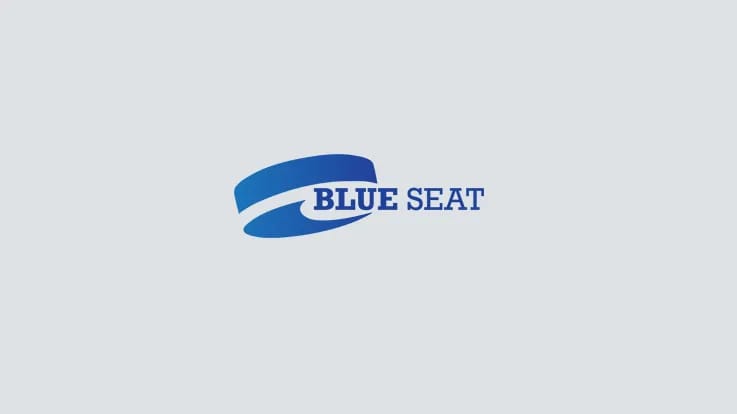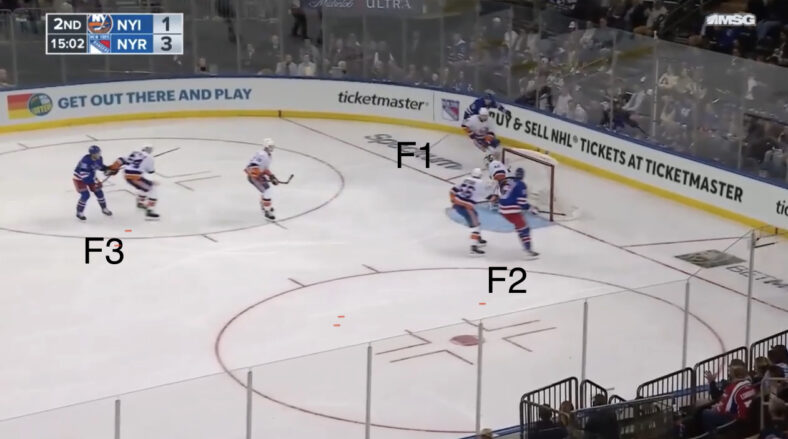
When Peter Laviolette was hired last spring, Rangers fans (at least on the internet) seemed to let out a collective meh. Narratives of retread persisted, the value of experience debated, and recent past results of former teams were cherry picked to suit whatever opinion you cared to share. New York is a strange market for coaches. There probably hasn’t been a beloved Rangers coach since, I don’t know…Emile Francis.
Laviolette probably won’t be beloved here either (though he has started off on the right foot). However, he can endear himself to at least one finely tailored fan if Laviolette’s systems can make the Rangers tougher to play against, and at a minimum get them deeper into the playoffs.
I say “minimum” because it is not just results that matter in this market and particularly under the helm of Chris Drury. It’s also about establishing a good process. Gerard Gallant had results, but seemingly no process. Laviolette has had process everywhere he’s been.
The results were often there (Carolina, Philly, & Nashville), but more importantly, Laviolette’s systems is partially what made those hockey clubs compete for the majority of the seasons he was behind those respective benches. So what was his process and what can we expect from the Rangers playing under Laviolette’s systems?
Laviolette’s Systems:
It’s always tough to get a sense of what new coaches will do from an X’s and O’s perspective in preseason. It usually takes 20 or so games before players start to settle in and know where they are suppose to be for zone coverages, breakouts, etc. From the early goings here, it looks like Laviolette’s systems will almost exclusively include an aggressive 2-1-2 forecheck. When trying to protect a late lead, the Rangers will run a more conservative 1-3-1 forecheck in the neutral zone and a more moderate 1-1-3 when the puck is down low.
Here’s a perfect example of the 2-1-2 executed in a preseason game against the Islanders at MSG last week. In the second period, you have F1 & F2 hunting down low after a dump in. F3 is in the high slot reading and reacting to the situation and can either turn and back check or beeline for the blue paint.
Here’s a look at the 1-1-3. Kaapo Kakko was in pursuit as the F1. Adam Fox has torpedoed into the slot to provide support as a high F2. Brennan Othmann is the F3, and on a loss of possession can easily sprint back to form a 3-man wall at the blueline.
As for d-zone coverage, it looks like it’s going to be mostly zone with a little man-on-man mixed in. Nothing new here folks.
Suits Take: Overall, I’m a fan of 2-1-2 forechecks and pressing the opposition. There will be a little more dump and chase involved than Gallant’s 1-2-2, but you can still be a good possession team with a well executed dump-in (see Carolina and Florida).
For this forecheck and Laviolette’s systems to be effective, defensemen have to be ready to pinch. And no, not just Fox and Miller, but Lindgren, Trouba, etc. all have to think like wingers when the puck is on the half boards.
Bench Management:
Laviolette isn’t cut from the same cloth as Gerard Gallant or Alain Vigneault. He is not going to roll four lines for the sake of it. Obviously it’s ideal to not have to shorten your bench every game, but sometimes you have to coach for a win.
Gallant often complained about players not executing or pushing the pace, but never really held anyone accountable to that point. Once the table was set, that was pretty much it. Laviolette on the other hand wasn’t afraid to bench Jeff Carter, Evgeny Kuznetsov, or Jakub Vrana. Even “Mr. Nashville” Mike Fisher’s usage diminished under Lavi.
Suits Take: I would expect certain players throughout the season to move up and down the lineup and there to be consequences for not bringing an effort. However, I do think he’ll give some of our younger players some rope as he did with Ryan Johansen, Filip Forsberg, Claude Giroux, van Riemsdyk and many others over the course of his career.
So for those who are ice time hawks, I’d be surprised if Lafrenière, Kakko, Chytil, & even Cuylle didn’t get long looks in key situations, so long as they put in the work defensively.
Line Combinations:
What the Rangers line combinations will be on opening night is anybody’s guess. However, one thing is for certain, Laviolette’s systems always have a shut down line that goes out and eats defensive zone faceoffs. On the flip side, his top 6 gets every opportunity to put points on the board.
In DC, Carl Hagelin, Garnet Hathaway, and Nic Dowd got 15-30% of their faceoffs in the OZ. Alex Ovechkin, Tom Wilson, and Kuznetsov were usually 70%+. In Nashville, Gaustad, Bourque, Watson, McLeod, Nystrom, and later Bonino were those guys grinding it out in the defensive zone. Roy, Ribeiro, Fiala, Johansen, & Forsberg got the lion share of offensive opportunities.
Suits Take: This is also an approach that I subscribe to. Watching Gallant send Ryan Reeves over the boards to matchup against Crosby in the playoffs was where I lost all faith in the former bench boss.
Guys like Panarin shouldn’t sniff defensive zone starts. John Tortorella deployed Panarin at 77% in the offensive zone. Joel Quenneville had him up there for 81%. Gallant deployed him in the OZ at 54%. This is a no brainer for me given Bread’s inability to play defense consistently.
If it were up to me, I’d roll with the following:
Bread – Chytil – Wheeler: Can be line #1 or #2, makes no difference to me, but the key is getting these guys in the offensive zone as much as possible.
Kreider – Mika – KK: Same as above, but more two-way responsibilities. Each one of these guys can play 200 feet.
Cuylle – Trocheck – Laf: This would be my 50/50 line, who bring a heavy forecheck and get to the blue paint.
I know Lafrenière not in the top 6 is going to infuriate a portion of this fan base, but I’m still not seeing what I need from him at this point. It’s early and I hope he can be a top line RW. However, in order to do that he has to get more separation from his checks, if not from better posture / edgework, then better anticipation of where the play is going to be.
Vesey – Bonino – Goodie: Shut down line who primarily start in the defensive zone.
Ultimately, all of this comes down to goals, roles, and to some extent handedness. While I wouldn’t draw hard lines in the sand, I think you can look at each line as having a certain identity. Players then should be slotted based on that line’s identity.
Whether or not Laviolette’s systems will work for the Rangers current roster remains to be seen. However, based on how he’s managed his hockey clubs and what the Rangers have on paper, it seems like this could be the path forward until we get deeper into the season.
More About:Coaching Hockey Tactics


